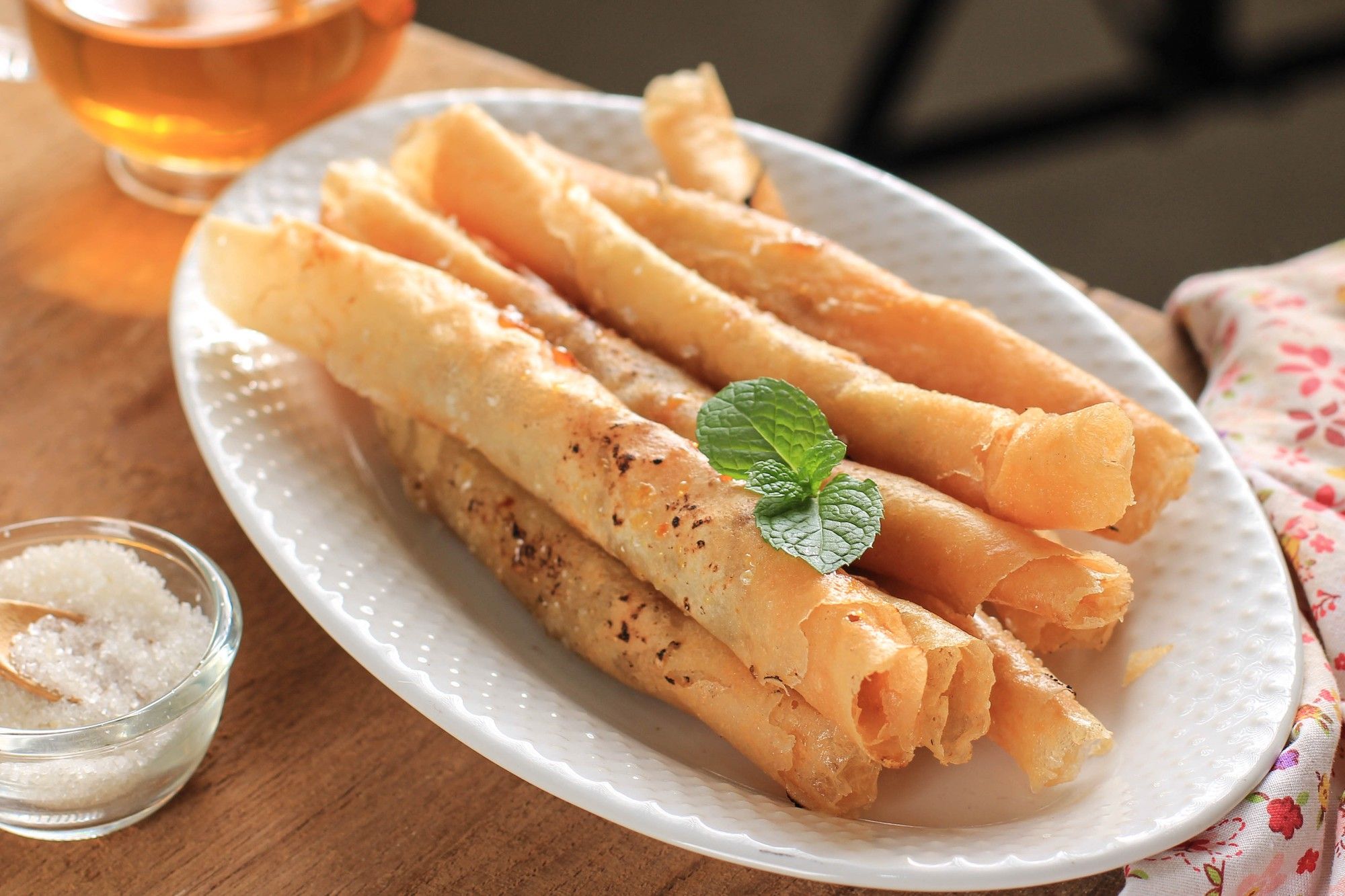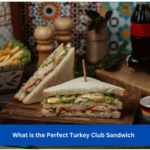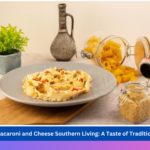Lumpiang Shanghai (Filipino Spring Rolls)
Filipino spring roll-style delicacies known as Lumpia can be made with a wide variety of savoury and sweet ingredients. The name, which was first used by Chinese traders sometime in the pre-colonial era (between 900 and 1565 AD), comes from the Hokkien language, which has its roots in southeast China. “Lun” means wet or soft, and “pia” means cake.
Different Types of Lumpia
Lumpia are frequently referred to as “Lumpiang” coupled with some descriptor that indicates what has been crammed within, as the name refers to a general category of food—pastry wrapped around contents of some kind and fried. As an example, “fresh” Lumpia with meat and vegetables as the stuffing is referred to in Lumpiang Sariwa. Instead of using spring roll wrappers to enclose them, you use a thin handmade crepe. Unwrapped Lumpia is known as Lumpiang hubad (bare Lumpia). Lumpiang Prito, a type of fried spring roll popular in the Philippines, has a filling made of meat and several other veggies.
One of the most popular varieties, Lumpiang Shanghai, is described in the recipe below. It is filled with a flavorful pork and vegetable filling. (The name is a bit misleading because this dish isn’t actually from Shanghai; it just refers to its Southern Chinese origins).
Due to its crispy, fried surface, juicy, meaty inside, and compatibility with a wide range of dipping sauces, its popularity is quite simple to understand. It is the classic party appetizer due to its compact size, which allows you to handle a few in your hand with ease.
Making Lumpia
Making Lumpiang Shanghai is a labour of love, which is another way of saying it is monotonous and requires a lot of work, making it a task that is best shared among several individuals. Whenever I want to make Lumpia, I usually employ the “division of labour approach”.
My family would organize an assembly line, with one person being in charge of peeling, another of stuffing, and a third of wrapping. The peeler’s task was to carefully separate each Lumpia wrapper from a large stack. The stuffer carefully balanced the line between over- and under-stuffing as they portioned the contents into each Lumpia, a key task. Each Lumpia was neatly wrapped by the wrapper, who often had the most knowledge and expertise because Lumpia that is improperly wrapped fall apart when they are cooked.
Lumpiang Shanghai is frequently served with a variety of dipping sauces, such as spiced coconut vinegar and banana ketchup. My personal favourite is the Agre dulce sauce, a concoction of brown sugar, vinegar, banana ketchup, and chillies since the sweetness and sourness go well with the meaty inside and the crunchy fried shell.
Can Lumpia Be Freezed?
Yes, you can prepare Lumpia in advance and store it in the freezer. Uncooked Lumpia when frozen can last for a long time. They won’t go bad if you freeze them for several months.
Ingredients
For the dipping sauce
- 6 tablespoons light brown sugar
- 45ml of cane vinegar
- 1 tablespoon banana ketchup
- 1 teaspoon salt
- 2 Thai chilli, stemmed, seeded and chopped
For the rolls
- 565g of ground pork
- 2 small carrots, peeled and diced
- 1 medium-sized onion, diced
- 6 cloves garlic, peeled and minced
- 45ml soy sauce
- 50 ml fish sauce
- 1 tablespoon freshly ground black pepper
- 1 large egg, lightly beaten
- Twenty-five sheets, 5-inch-square spring roll (Lumpia) wrappers
- 2 cups canola oil
Directions
- To make the dipping sauce, combine the sugar, vinegar, ketchup, salt, and chillies in a small bowl. We’re aiming for a balance of sweet and sour, so taste and modify as desired by gradually adding more sugar, vinegar, ketchup, salt, and/or chillies. Place aside.
- To make the Lumpia rolls, combine the pork, carrots, onion, garlic, soy sauce, fish sauce, and pepper in a sizable bowl. Mix well with a spoon or clean hands.
- One spring roll wrapper should be placed on a work area such that it resembles a diamond. Measure out 1 1/2 tablespoons (28g) of filling, shape it into a 4-inch-long cylinder with your hands, and set it in the middle of the wrapper horizontally.
- Fold the wrapper over the filling, starting with the point that is closest to you, tucking the point under the filling. Egg wash should be applied with a finger to the wrapper’s left and right points. Roll firmly away from you, leaving about an inch of the top tip exposed, folding the left point toward the middle and the right point toward the centre. Apply egg wash to the top point, then complete rolling to seal. Use the leftover wrappers and filling to repeat.
- If you want to freeze your rolled Lumpia at this point, simply put them in freezer bags and store them in your freezer.
- Approximately 1/2 inch of vegetable oil should be used to cook the Lumpia in a big frying pan. On a medium-high heat source, warm the oil. Place the Lumpia gently into the hot oil, and cook for 3 to 5 minutes, or until golden brown on all sides (if frying frozen Lumpia, it will take 1 to 2 minutes longer).
- Place the fried Lumpia on paper towels and serve right away with chilli sauce or sweet-and-sour sauce.











